The hardness of tinplate is related to the annealing process and the base steel used in its manufacture. Annealing is a thermal process applied to steel to soften it and improve its ductility. As steel anneals, its hardness decreases and its ability to be drawn and formed increases.
In general, tinplates are classified into two types according to their hardness: single reduced and double reduced. Reduced single tinplate has a lower hardness than reduced double tinplate.
The hardness of tinplate is measured on the Rockwell HR 30T scale and is designated by a letter “T” followed by a two-digit number. For example:
- T50: 45-52 (soft for stuffing, such as glands and chutes)
- T52: 48-56 (moderate deep-drawing, such as friction seals)
- T57: 54-61 (general purpose, such as caps and crown caps)
- T61: 57-65 (general use of higher hardness, such as caps and bodies)
- T65: 61-69 (hard, little used)
- T70: 66-73 (very hard, little used)
In the case of double reduced tinplate, a different code is used which includes the letters “DR” followed by a number indicating the yield strength in N/mm² or psi.
In summary, annealing influences the hardness of tinplate, and as annealing increases, hardness decreases and ductility increases. The appropriate tinplate hardness will depend on the specific application and forming requirements.

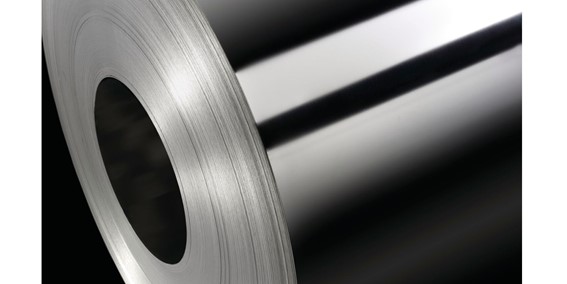
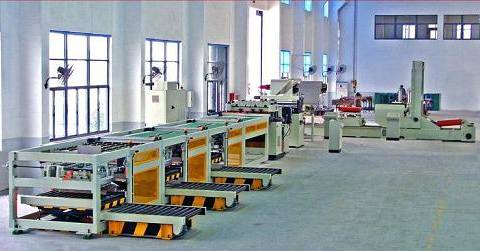
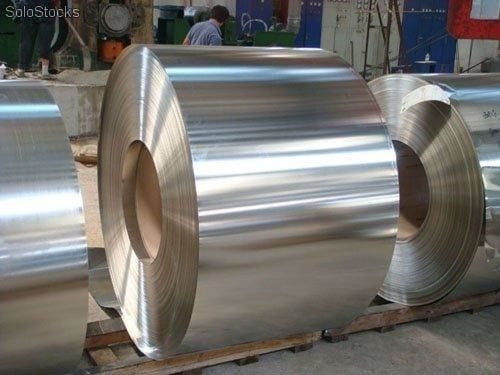
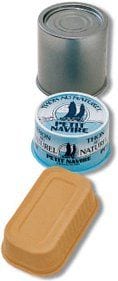
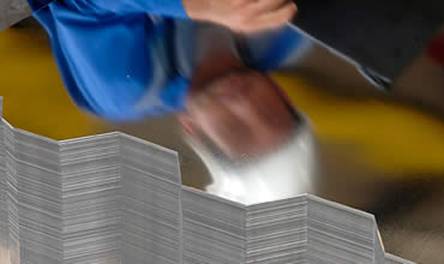
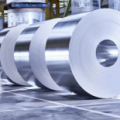
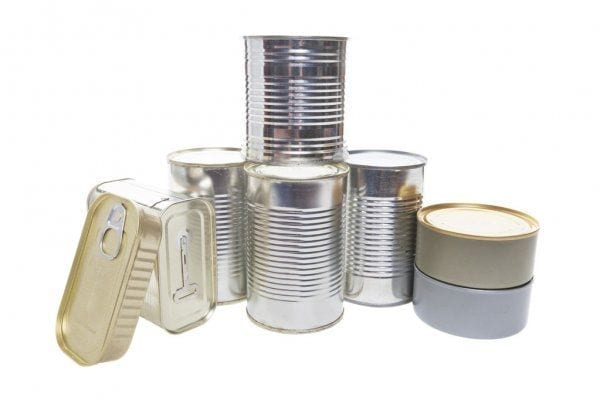
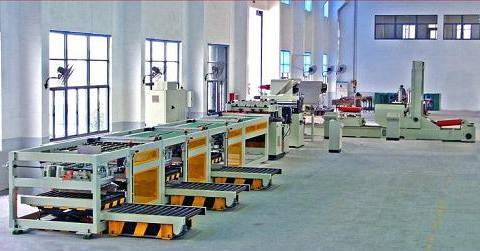
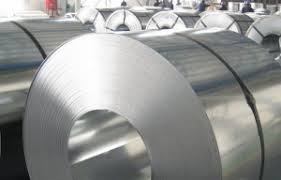




0 Comments